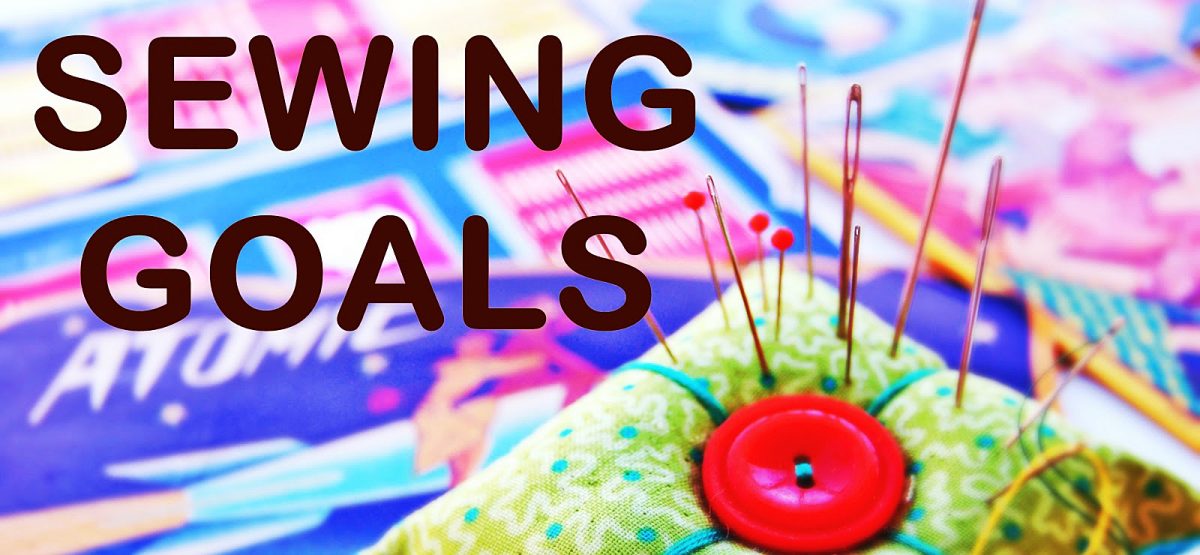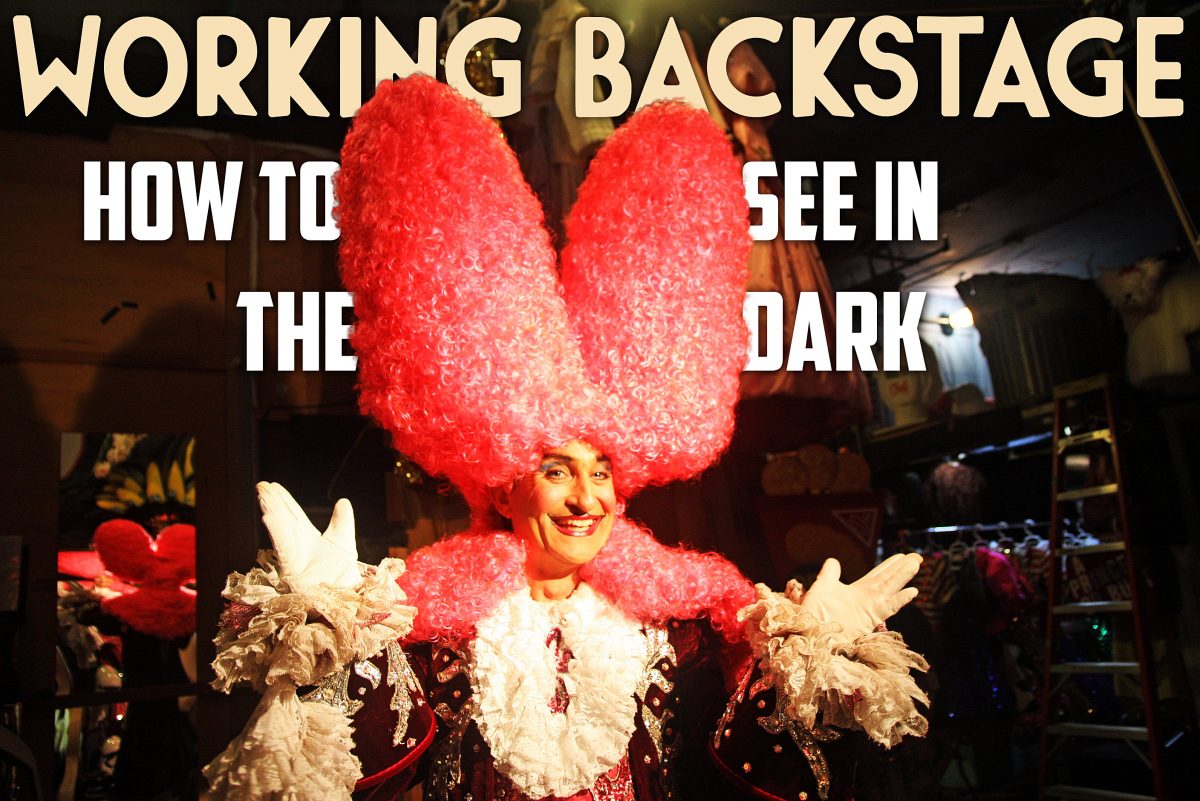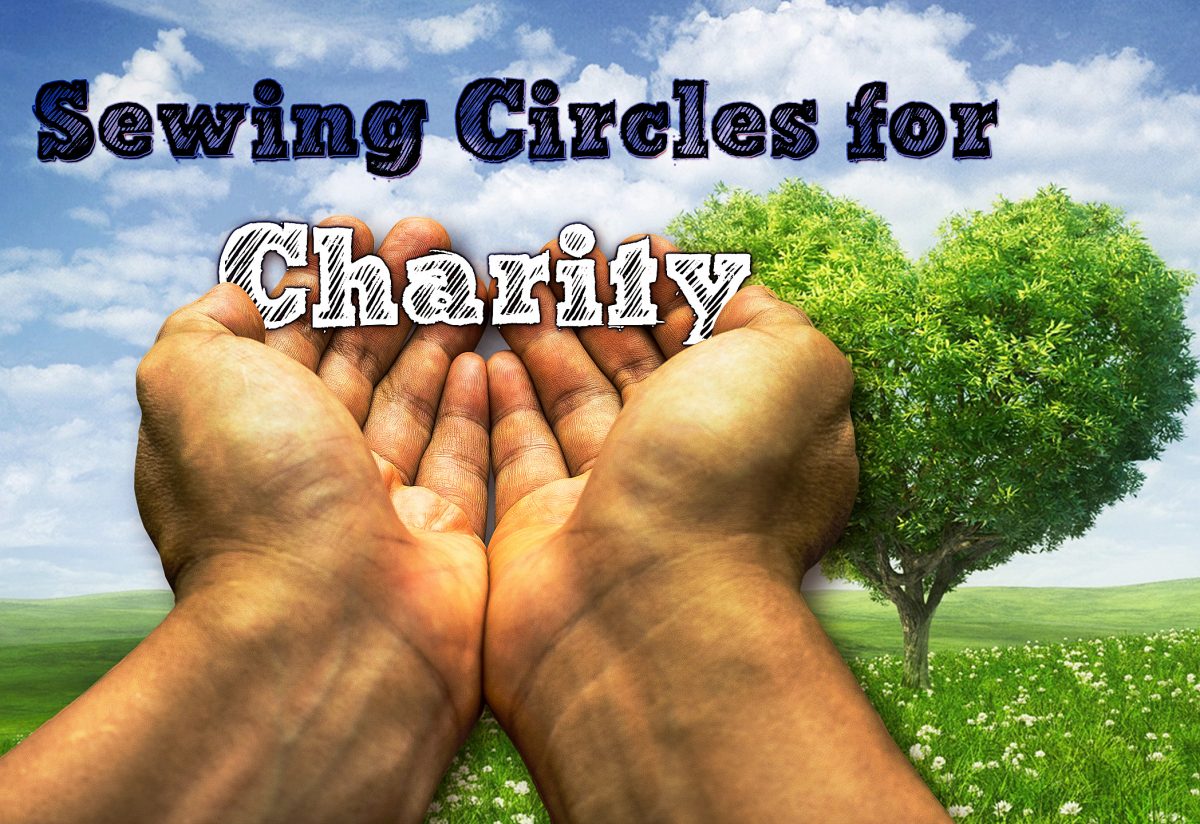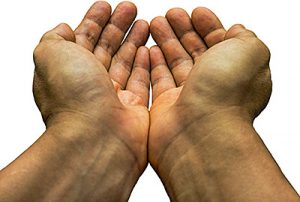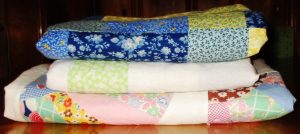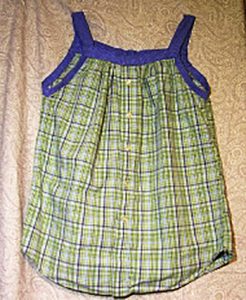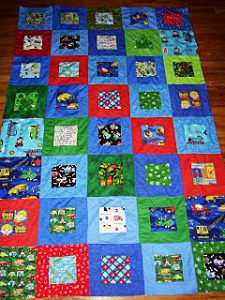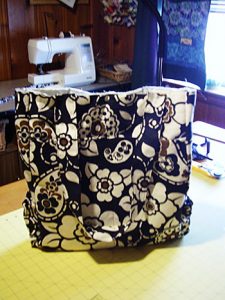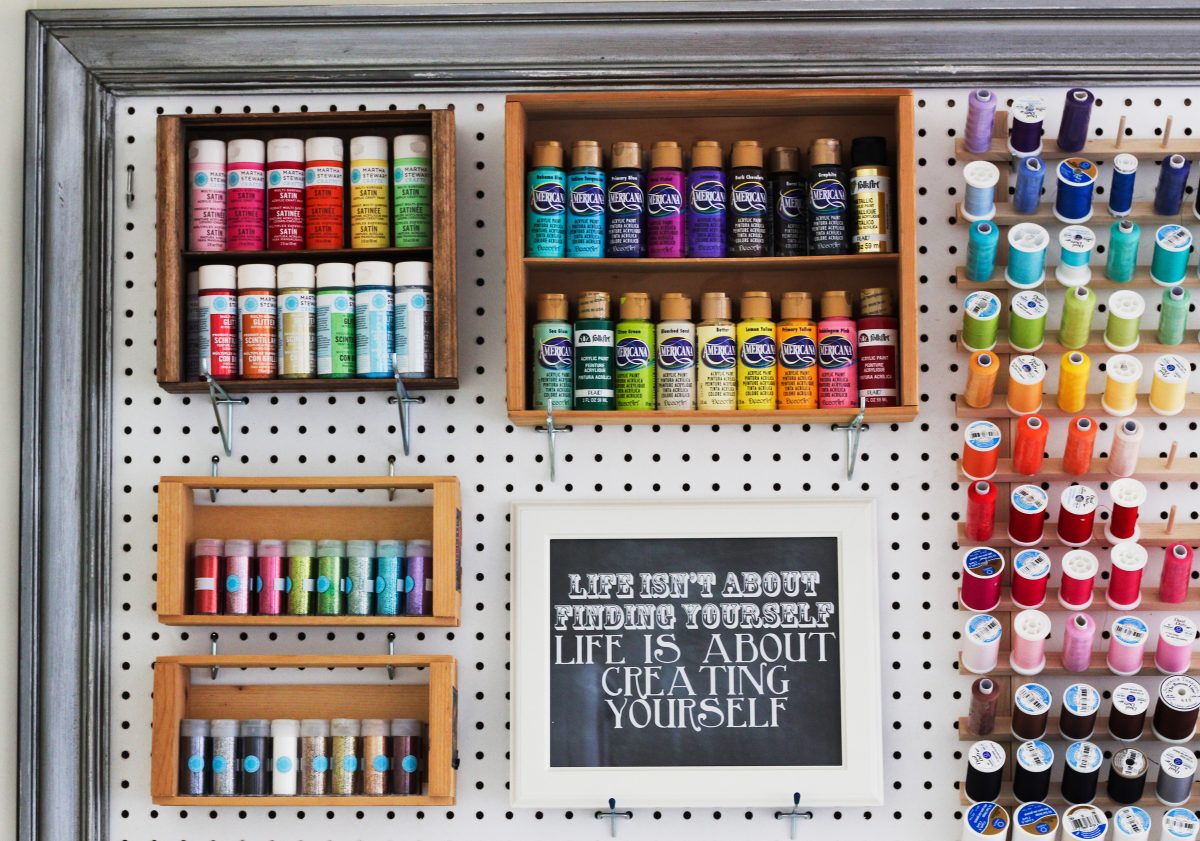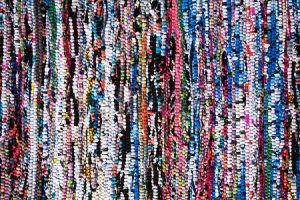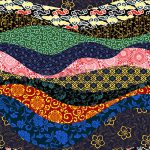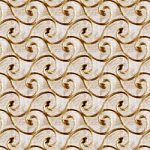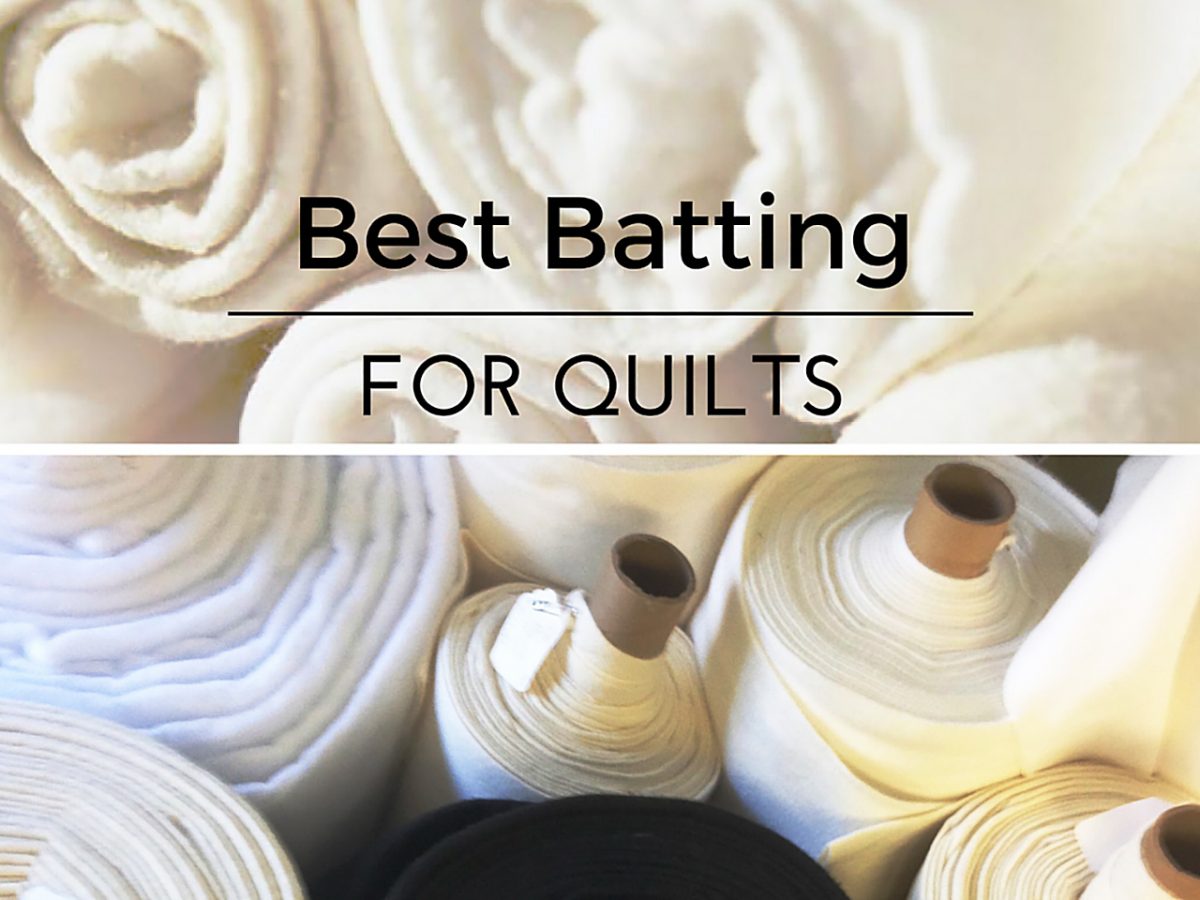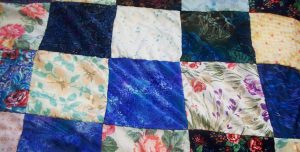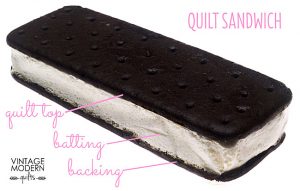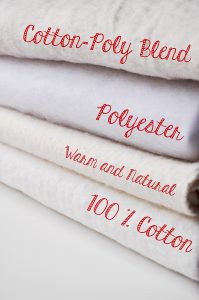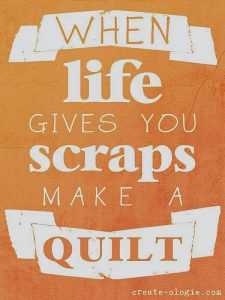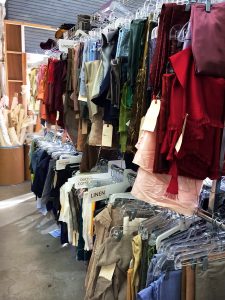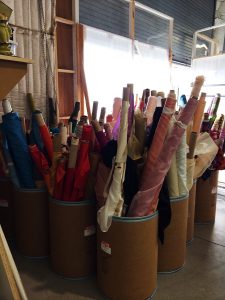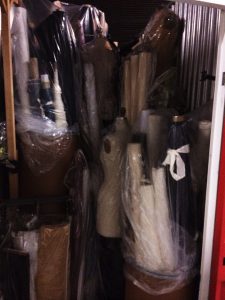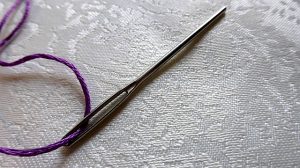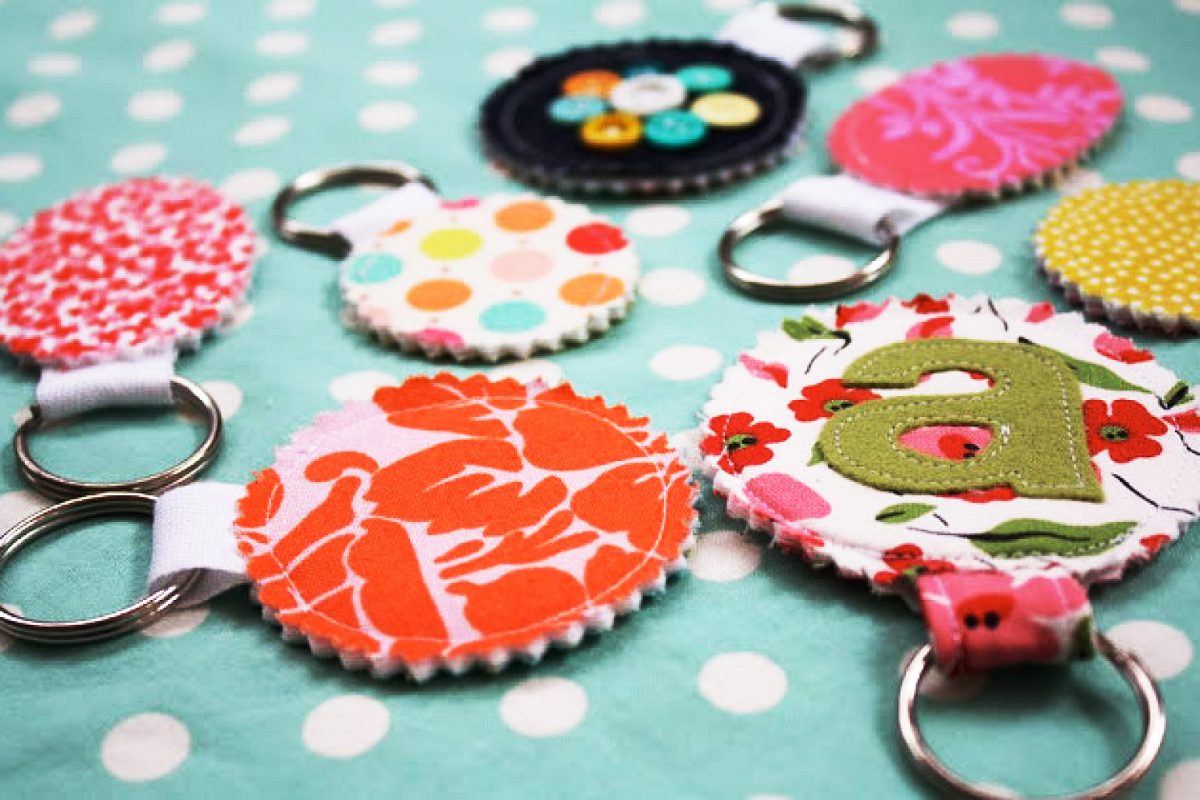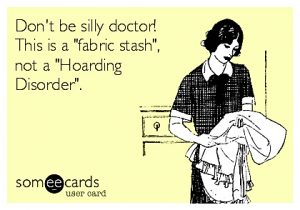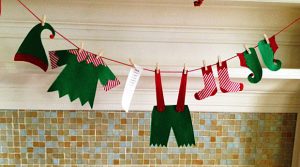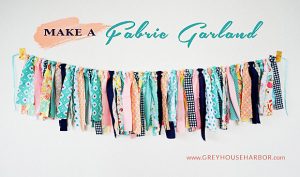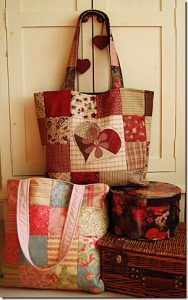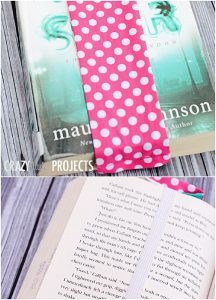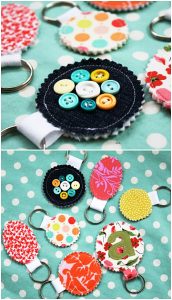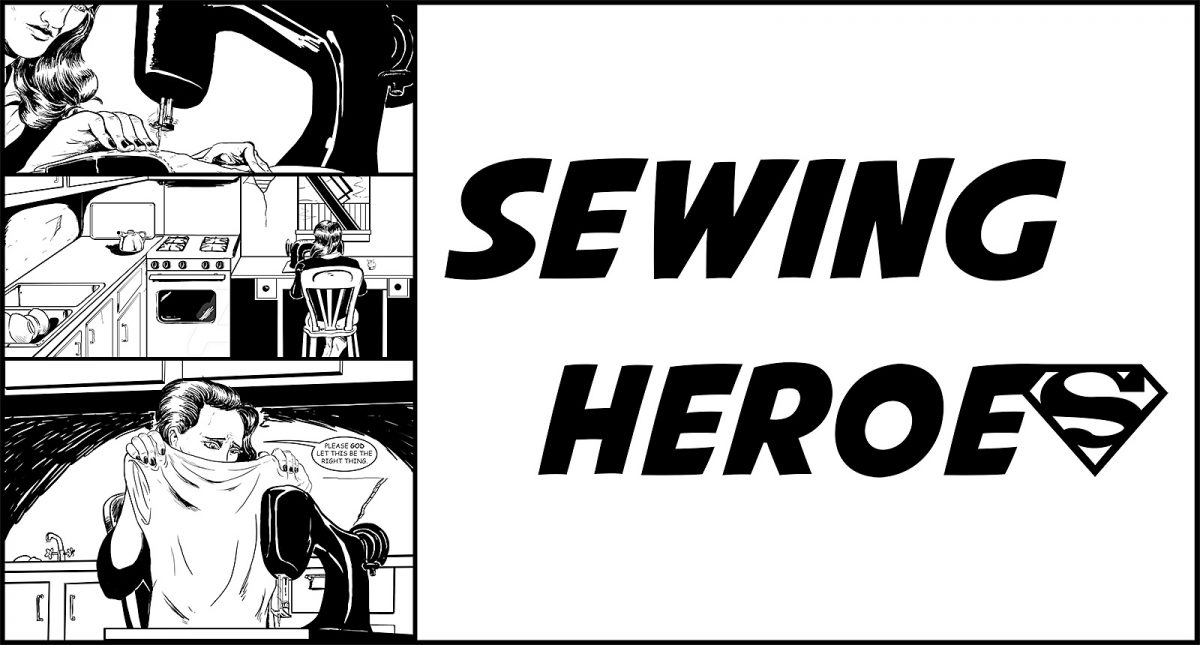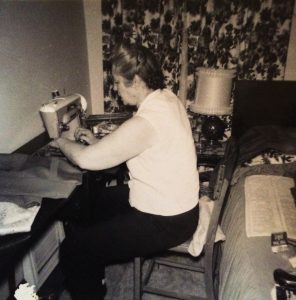For the first time this year, I made a vision board. If you’re not familiar with the concept, let me explain. A vision board captures the things you want and desire for the upcoming year. They can be serious, silly, fun or anything at all so long as they’re important to you. Making them is fun too! You cut pictures and words from magazines and paste them on your chosen background. You then place the completed vision board somewhere that you can see it daily.
Doing this helps you stay focused on your needs and wants and helps propel your forward.
They Really Work
Here’s a quick story from a friend who put a silly item on her vision board. She loves country music, particularly Keith Urban. While she’s had many cool Urban experiences, including a chance to meet him, she didn’t have his signature. So, one year she decided to put something with his signature on her vision board in hopes that somehow she’d get it in the coming year. She found a picture of a black guitar with his signature online and printed it out.
Later that year, she went to see Keith Urban in concert. As she was entering the venue, she sang for a stranger to enter a contest and win his signature. As a shy person, she’d normally not sing in public. Of the 30,000 people in attendance, my friend won! And it turns out, she won the very guitar she’d put on her vision board – and it was signed to her!
Making a Sewing Vision Board
Since it seems vision boards do help manifest goals, even silly ones, I thought it might be fun to make a vision board for sewing goals, wants and needs. Whether it’s a fancy new sewing machine, a certain fabric, completing a particular project or moving your love of sewing from a hobby into a career a vision board may help you get there.
To start, think of all the things you desire with your sewing. Grab your latest sewing related magazines or go buy some and a pair of paper scissors. Find words or pictures that connect with your desires. Even if you’re not sure of the connection, but simply like the way the picture makes you feel, cut that out too. It could be connecting to a subconscious desire.
When you’ve got loads of clippings, have fun dry placing them on your vision board. When you like the layout, glue everything down. Feel free to add to it throughout the year if you come across other items as you peruse new issues of your sewing magazines. Place the completed vision board somewhere you can see it daily. You don’t need to study it in depth, just glance at it and let your subconscious do the rest.

